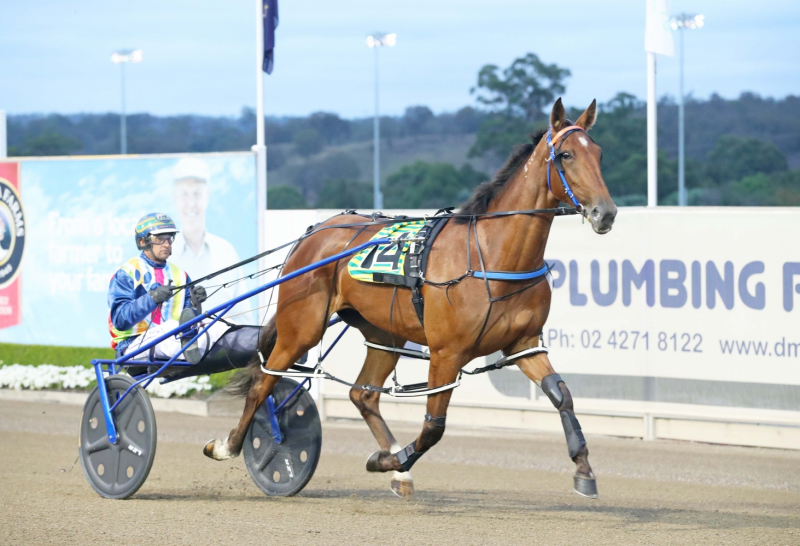Harness Racing Australia has a comprehensive and robust governance system which designs, manages and regulates policies and rules.
Wherever possible, these policies and rules are implemented on a national basis and consistently applied - however, there are some occasions where State Controlling Bodies may have slight variations to the national approach. This is usually due to local legislative requirements.
Standardbred welfare is not just a new phenomenon or thought bubble, it has underpinned the development of many of the industry’s policies and rules since harness racing commenced - regulating issues such as reproductive techniques, identification, registration, racing ages, treatment of horses, drugs, prohibited substances, stabling conditions, gear and equipment, the use of whips, persons licensed to participate in racing, disease control, hot weather racing and life after racing.
Industry policies and rules cover each area of the Standardbred’s life and include:
- HRA Studbook Regulations
- Australian Handicapping Rules
- Australian Rules of Harness Racing
- HRA Equine Health and Welfare Statement
- HRA Equine Welfare Code of Conduct
- HRA Approved Gear & Equipment
A key foundation of these rules and policies are the powers afforded Stewards and integrity staff in undertaking and discharging their duties. Investigative, covert, random inspection and directive powers complement their ability to take action against anyone found to have breached rules via a robust integrity and disciplinary structure.
Penalties can include monetary fines, licence suspensions or even disqualification - and are in addition to any common law breaches which can be dealt with through the judicial system.
These policies and rules are constantly reviewed by the HRA governance system which includes the following formal committees:
- Equine Breeding, Animal Welfare & Registration Committee (at least annually)
- Standardbred Welfare Advisory Group (SWAG) (bi-annually)
- Integrity Conference (bi-annually)
- Regulatory Veterinarians Conference (annually)
- HRA Gear & Equipment Committee (quarterly)
- HRA Member Chief Executives Meetings (bi-annually)
- HRA Executive Meetings
- HRA General Meetings of Members (annual)
Harness Racing Australia’s commitment to equine health and welfare is also manifest as a signatory to the Australian Government’s Emergency Animal Disease Response Agreement Emergency Animal Disease Response Agreement (EADRA) and supports the AusVet Plan.
HRA is also a substantial supporter of equine research having partnered recent studies into Heavy Metal Testing, Quarantine Regulations, Therapeutic Substance Efficacy, Stallion Fertility and Early Abortion Factors.
Below are examples of some of the formal rules and policies which directly relate to equine welfare for quick reference:


